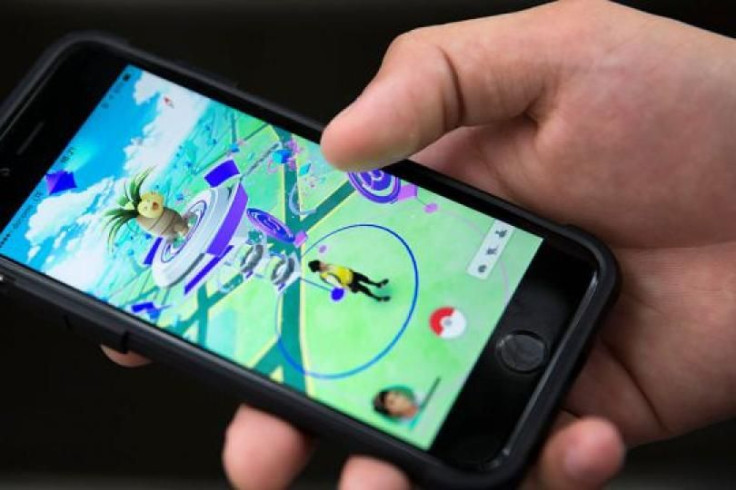‘Pokémon Go’ Map Updated To OSM From Google Maps: What Is OpenStreetMap?

Pokémon Go got updated late last night, and that might mean you’re seeing a drastic change in your in-game map display. As corroborated by The Silph Road subreddit and several other sources, Pokémon Go has swapped from its former Google Maps display for OpenStreetMap instead. Here’s everything you need to know about the transition.
OpenStreetMap launched well over a decade ago in the U.K and has since existed as a free open-source map API that anyone can edit in real time. In other words, OpenStreetMap is essentially the Wikipedia of map formats: it’s created by the collective knowledge of everyone on the internet. That might sound a bit sketchy, but the service is commonly used by major services like Craigslist, MapQuest and several other brands. Its quality standard is generally highly regarded.
In terms of OSM’s implementation in Pokémon Go, the results so far have been predictably mixed. While some players have noticed massive swaths of missing map data that used to be there before, there are certain instances in less populated locations where OSM’s maps are actually more detailed than their Google Maps counterparts. Because OSM is a tool made by the community, its maps will only be as strong as the community in your given area.
That being said, the switch to an open-source map service could present trainers with a better experience overall. Because maps can be edited by individuals at any time, they can be updated to reflect road and environmental changes much faster than Google Maps. Especially for those living in cities where roadways change frequently, having up-to-the-second results might prove to be helpful. The process of actually making those adjustments is time consuming for the person who decides to do the work, but it’s a benefit to everyone else.
Players shouldn’t see too much of a gameplay different despite the new overworld display. Key locations like Gyms, and PokéStops should remain in the exact same spots because the placement of those points of interest is managed externally by Niantic. Metaphorically speaking, you may have a new windshield on your car, but that won’t impact how it drives.
In fact, it’s the implications beyond what players can see that potentially stand to be the most interesting parts of this whole story. Niantic began its rise to the pinnacle of mobile development as a company spun off from Google itself. The studio’s first game, called Ingress, was exclusive to Android platforms for nearly two years as a result.
With Google Maps now out of the picture when it comes to Pokémon Go, this might be a sign that the relationship between these two large companies has changed. OSM’s service is obviously cheaper to use than Google’s, but is there something beyond money that’s prompted this sudden change? For close followers of the tech industry, this is all very interesting to think about. In short, the switch to OSM will be visible to some Pokémon Go players, but it shouldn’t drastically impact the experience you have with the game.
Pokémon Go is available now on Android and iOS.
How has the switch to OpenStreetMap changed your Pokémon Go experience? Tell us in the comments section!
© Copyright IBTimes 2024. All rights reserved.





















